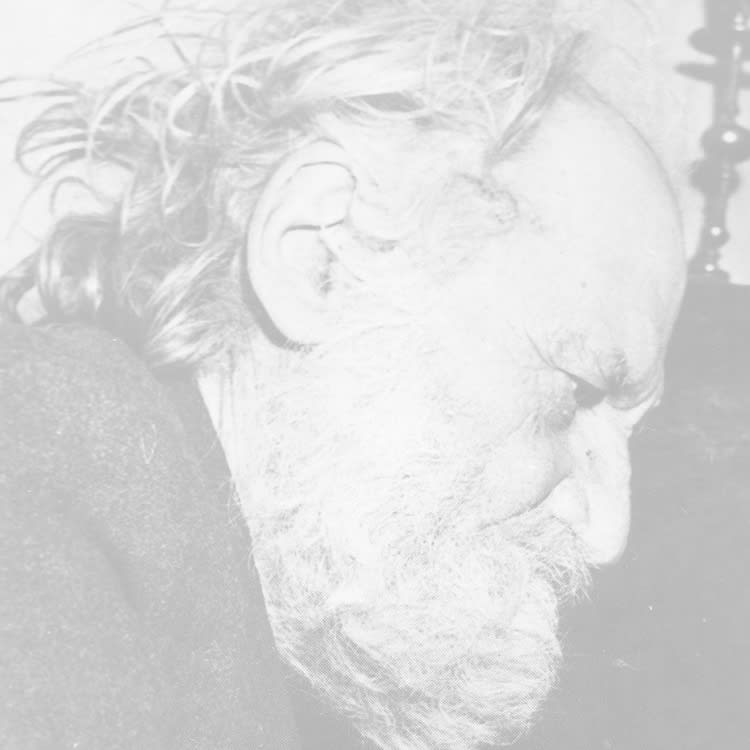AUGUSTE CHABAUD 1882-1955
A quintessential Provençal painter, Auguste Chabaud (1882-1955) is a key figure in Fauvism and Expressionism, exhibited at HELENE BAILLY gallery. His work, characterized by bold use of color and a sharp, incisive line, oscillates between the bustling nightlife of Paris and the serene landscapes of Provence.
Trained at the École des Beaux-Arts d'Avignon under Pierre Grivolas, Chabaud moved to Paris in 1899, where he attended the Académies Julian and Carrière. Financial difficulties forced him to leave the capital in 1901, leading him to join the merchant navy, before serving in Tunisia for his military service (1903-1906). Returning to Paris in 1907, he exhibited at the Salon des Indépendants and the Salon d'Automne alongside the great Fauvist masters such as Matisse, Derain, and Vlaminck.
During this period, he vividly depicted Parisian nightlife—cabarets, cafés, theaters, and brothels—where the striking contrast between bright colors (yellow, red) and the deep tones of night (navy blue, black) created an electrifying and expressive atmosphere.
Despite his immersion in the vibrant Parisian art scene, Chabaud remained deeply connected to his native Provence. In 1919, after returning from World War I, he settled permanently in Graveson, in the Alpilles, where he found endless inspiration in the rural landscapes and daily life. In a letter to René Jean in 1928, he wrote:
"Shall I confess that I have not set foot in Paris since my return from the war? (...) After the war, I intended to return, but the events of my life led me to settle here, where I have a wife and four children. So I tell myself: why leave, if I will only have to come back?"
His artistic style then evolved towards a more subdued and refined approach, where he captured the power of Provençal landscapes with a softer palette and a more simplified, synthetic touch.

